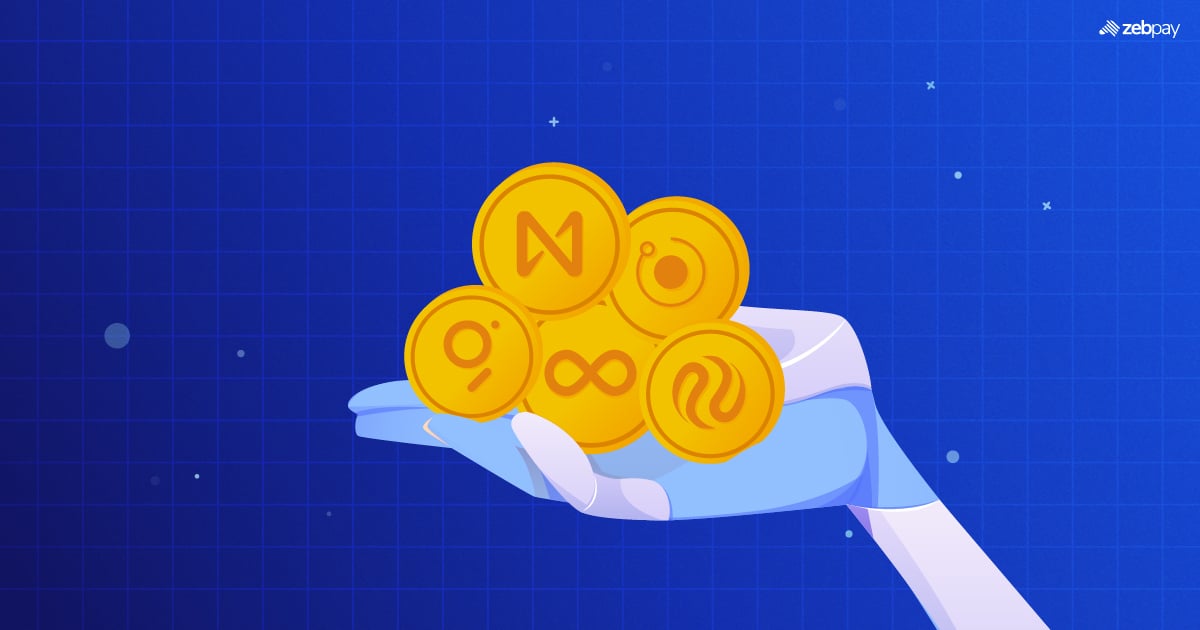As a newcomer to crypto, you may be excited to make transactions using blockchains like Ethereum. But you may be wondering, how can I check the transactions I make? In this blog post, we will guide you through the process of checking Ethereum transactions, and give you some helpful tools to monitor them.
Introduction to Ethereum Transactions
Ethereum is a decentralised blockchain platform that enables users to send and receive digital assets. Each transaction on the Ethereum network is recorded on the blockchain, making it transparent and publicly accessible. These transactions are verified and added to the blockchain through a consensus process. Validation is done by users of the network, making the network highly decentralised.
How do Ethereum Transactions Work?
Before we dive into the steps of checking an Ethereum transaction, let’s briefly understand how Ethereum transactions work. When you send Ether from one address to another, you initiate a transaction. This transaction is then broadcasted to the Ethereum network, where it is verified by the network’s validators. Once the transaction is confirmed, it is added to a block and permanently recorded on the blockchain.
Read more: What Is Ethereum 2.0
Steps to Track an Ethereum Transaction

Now, let’s explore the steps you can follow to track Ethereum transaction:
Step 1: Obtain the Transaction Hash
To begin tracking your Ethereum transaction, you will need to obtain the transaction hash. A transaction hash is a unique identifier assigned to each transaction on the Ethereum network. You can usually find this hash on the crypto wallet or exchange platform you used to make the transaction. Look for a history or activity section to find the hash.
Step 2: Visit an Ethereum Blockchain Explorer
Once you have the transaction hash, visit an Ethereum blockchain explorer. Blockchain explorers are online tools that allow you to search and view information about transactions, blocks, and addresses on the Ethereum blockchain. Some popular Ethereum blockchain explorers include Etherscan and Etherchain. Choose any of these explorers and proceed to the next step.
Step 3: Enter the Transaction Hash
On the blockchain explorer website, you will find a search bar or a specific section to enter the hash. Paste the hash you obtained in Step 1 into the search bar and start the search. The explorer will then retrieve and display the transaction details.
Step 4: Review the Transaction Details
After entering the hash, you will be able to see the transaction details. This page will provide information such as the sender and recipient addresses, the transaction amount, the gas fee paid, and the current status of the transaction. You can use this information to verify if the transaction was successful.
Tools for Ethereum Transaction Monitoring
Apart from blockchain explorers, there are also other tools available for monitoring Ethereum transactions. These tools provide additional features and real-time updates on your transactions. Some popular options include:
- Metamask: Metamask is a popular Ethereum wallet and browser extension that allows you to manage your Ether and interact with decentralized applications. It also provides transaction history and notifications for your transactions.
- MyEtherWallet (MEW): MyEtherWallet is a web-based wallet that provides a user-friendly interface for managing your Ethereum transactions. It offers transaction tracking features and the ability to customize gas fees for faster transactions.
- Etherscan Mobile App: Etherscan has a mobile app available for both iOS and Android devices. The app enables you to check your Ethereum transactions on the go, receive push notifications for transaction updates, and explore the blockchain.
Read more: What Is Ethereum Sharding
How Long Does ETH Transaction Take?
The time it takes for ETH transactions to be confirmed can vary depending on various factors. These factors include network congestion, ETH gas price, and the complexity of the transaction. In general, Ethereum transactions can take anywhere from a few seconds to several minutes to be confirmed. Typically, ETH transactions per second can reach 30. However, during periods of high network activity, it may take longer for your transaction to be processed.
Conclusion
Checking an Ethereum transaction involves using a hash and a blockchain explorer to review transaction details. Blockchain explorers like Etherscan provide transparency and enable users to track their transactions on the Ethereum blockchain. Additionally, tools like Metamask, MyEtherWallet, and the Etherscan Mobile App offer convenient ways to manage your Ethereum transactions.
Read more: Ethereum Price Predictions
You can read more about Crypto, Blockchain and Web 3.0 on ZebPay Blogs. Click on the button below and join the millions trading on ZebPay Singapore.







